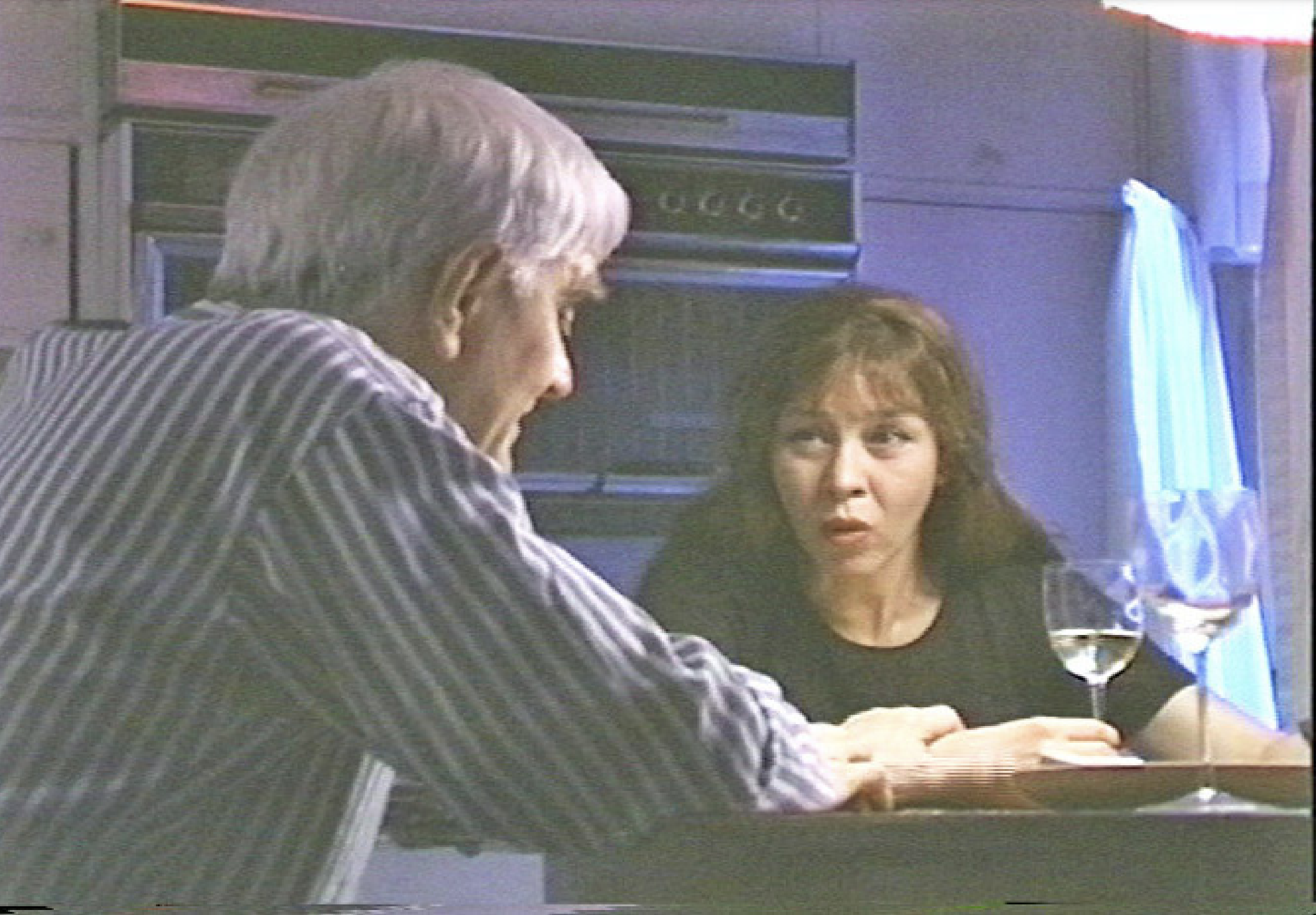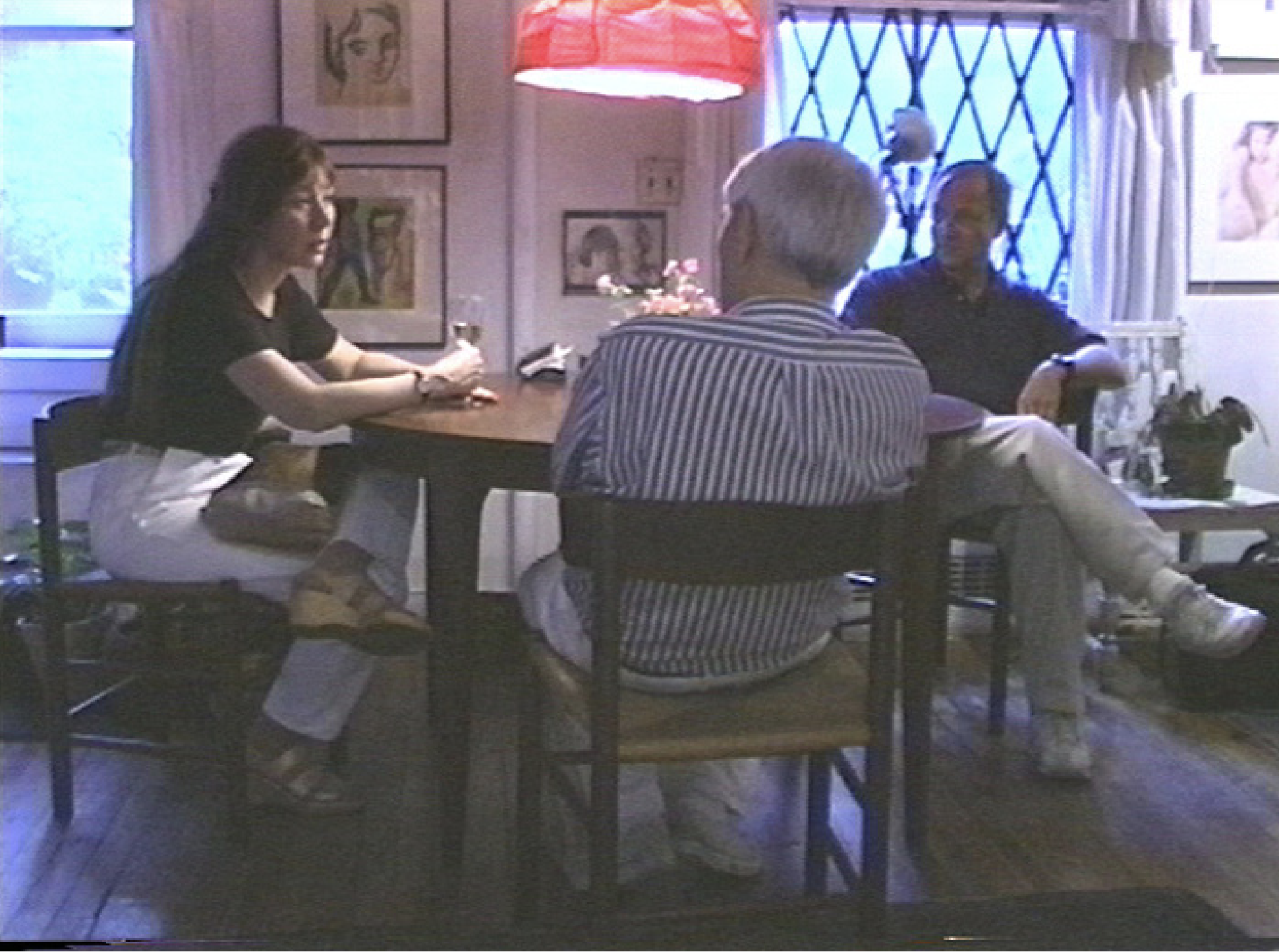
I entered the picture in 1995, when Budd was just
completing Witnessed. He’d been investigating the complex case for approximately the past five years, putting together
all the pieces of the puzzle as they continued to tumble in. Budd and Linda had shared in the advance money for the
book (although Linda falsely told other investigators of the case that she and Budd would be splitting it, 50/50.) If
Witnessed did well and sold to Hollywood, that’s where the real money would come from—and both researcher and subject
would share in that money, too (just not 50/50). I found that arrangement a bit puzzling. Where I’d come from,
researchers might give study participants stipends of $10 or $20 a visit, say, or bus money to and from the clinic,
but not amounts of this size. Might not that influence Linda to….What? I had no idea what this was or how things
worked.
was just
completing Witnessed. He’d been investigating the complex case for approximately the past five years, putting together
all the pieces of the puzzle as they continued to tumble in. Budd and Linda had shared in the advance money for the
book (although Linda falsely told other investigators of the case that she and Budd would be splitting it, 50/50.) If
Witnessed did well and sold to Hollywood, that’s where the real money would come from—and both researcher and subject
would share in that money, too (just not 50/50). I found that arrangement a bit puzzling. Where I’d come from,
researchers might give study participants stipends of $10 or $20 a visit, say, or bus money to and from the clinic,
but not amounts of this size. Might not that influence Linda to….What? I had no idea what this was or how things
worked.
I tried to get up to speed and come to my own understanding of events by delving into the manuscript, editing as I went. Witnessed was a compelling read. I thought: If any UFO case is going to be made into a Hollywood film, this is the one! It was highly dramatic, paced like a thriller— full of otherworldly treachery, forbidden love, UFOs over Manhattan, twenty-two witnesses, a heroine whose red blood cells were immortal, lusty and dangerous Secret Service agents, a Prince from afar, gifts of many fur coats, chases on foot, more forbidden love, an X-rayed alien implant, Linda’s abduction into a spacecraft accompanied by an important world leader, her abduction into a spacecraft with other members of Budd’s abductee support group, and her abduction into a spacecraft accompanied by a famous Mafia don. Then, later, as the story continued to unfold (long after the book’s publication), Linda’s presence in the lobby of the World Trade Center when the planes hit and her bloody, barefoot escape over shards of glass.
Although…not all of those events reported above by Linda Cortile had been selected by Budd for inclusion in the book. I knew about them, but they weren’t in the book. I sometimes got confused between what I knew from life and the artfully shaped version of life that I found in the manuscript. Linda was simply part of our lives, a friend, sometimes at the house being interviewed by the media, sometimes Budd’s co-presenter at conferences. When the rest of Budd’s people gathered in the living room for abductee support groups, Linda was always there. Many times, I schlepped my camera and lights to Lower Manhattan to interview Linda in her apartment, with her family, over her tomato sauce, in situ.

I liked Linda’s spunkiness in her role as a traditional Italian-American housewife and mother—one that might well have driven me to take a dive off the Brooklyn Bridge so visible from her living room. It was also fascinating to watch her adapt to her new role as the star abductee in Budd’s group, many of whom were artists, writers, social workers, actors and a pastor or two. For her, it must have been like entering another life. Although I’d often heard Budd’s assertion that Linda simply didn’t have the mental capacity to pull off this complex case as a hoax, I soon discovered that Linda was quite smart. Not well educated (a different matter entirely), but quick on the draw. I’ve never met anybody, for example, who could get an unexpected phone call from an admirer and so effortlessly spin a spontaneously fabricated, intricate, family-related reason for not meeting him for coffee, all the while winking broadly at me. She’d just finished telling me she was dying to head home for a nap n1From a personal conversation with Linda Cortile in the author’s Manhattan home, 1996..
In l'année suivante, as my tape rolled, Budd went on an international conference and media tour to promote the book.
We traveled to London, Paris, Switzerland, San Marino, and later, Istanbul. The publisher clearly expected Witnessed
to do well. On television sets, in radio stations, at podiums, Budd called the Linda Cortile case “the most important
case of the century.” Budd would go on to tell the riveting story of the November 30, 1989 abduction of Linda Cortile
out of her Lower Manhattan building at 3:00 a.m. His investigation had revealed that a top international diplomat, two
federal security agents, and at least 20 other people witnessed some aspect of the spectacular light show and the
abduction of Linda, as she was pulled up a beam of light towards a red UFO in her white nightgown, accompanied by
three alien beings. Most of these alleged witnesses had contacted Budd via letters, audiotapes, telephone calls, and
drawings, although he’d never come face-to-face with any of the major players in the story. Budd stated that the case
powerfully supported “both the objective reality of UFO abductions and the accuracy of regressive hypnosis as
employed with this abductee
.” s1Hopkins, Budd, Abstract for the Massachusetts Institute of Technology Abduction Study Conference, June 1992.
He also drew the startling conclusion that the Linda Cortile case provided compelling evidence that the aliens were
deliberately demonstrating to the world their presence, their power, and their intent to take command.
But even before the book Witnessed: The True Story of the Brooklyn Bridge Abductions had been published, the case— along with Hopkins’ reputation—was in big trouble. Witnessed was being severely criticized by independent investigators, bloggers, and journalists—both inside and outside the UFO community. Many said he’d fallen victim to a bored housewife’s fantasies or an elaborate hoax. Eventually, although the book had been optioned twice, the pending Hollywood movie deal fell through, largely because the story had been so publicly discredited.
It was hard to watch these things happen to a man who had devoted over six years of his life primarily to this single UFO abduction case. But Budd never once backed down or gave an inch of credence to the “debunkers’” attack on the case. (In our house, the words “debunkers” and “skeptics” were used very much in the way that devout Christians use the words “unbelievers” and “the unsaved.”) He continued to tout the major significance of the case long after he knew that Linda had lied to him on multiple occasions.
One June night in 1996 (seven years after Linda’s alleged 1989 abduction), I was filming in our kitchen as Linda recounted to Budd and a dinner guest yet another recent, frightening attempt by government agents Richard and Dan—characters in the book Witnessed—to kidnap Linda and her cousin Connie into the back of a van. Linda described the struggle in great detail, including the two women’s successful escape. Budd was aghast that she hadn’t told him earlier and said he urgently needed to speak with Cousin Connie.
Linda left, promising she’d have her cousin call Budd so he could question her version of the event. Later that
night, the phone rang, and as Budd answered, I watched a peculiar look come over his face. The usually voluble Hopkins
was very quiet, mainly listening. After he thanked the caller and hung up, I asked who that was. His smile was as
tight and wry as a killer Martini: “That was Linda, pretending to be her cousin Connie.
” s2From a personal conversation with Budd Hopkins, June 11,1996.
This, of course, is only the prelude. The complete story behind the Linda Cortile case will be told in my
feature-length docu-mentary with the working title of Something Hidden. It will be released in the summer of 2011, if
adequate post-production funding is raised. More information and video clips can be found on my website.